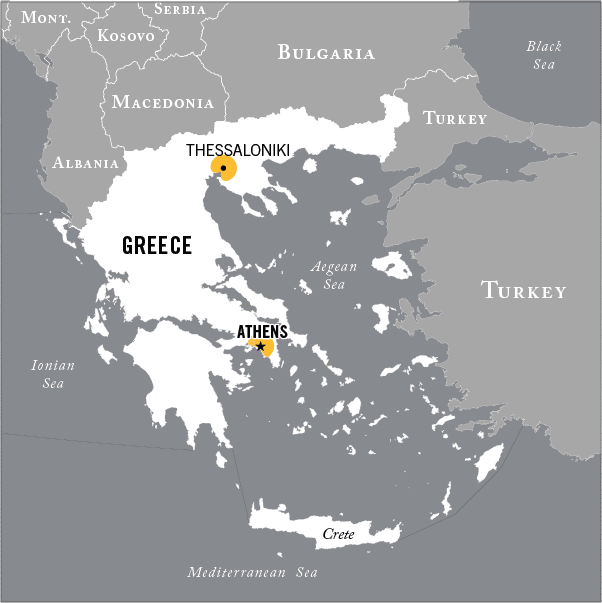TERRORIST GROUPS

BACKGROUND
Greek domestic terrorism stems from radical leftist and anarchist ideologies that developed in reaction to the military dictatorship that ruled Greece from 1967 to 1974. Shortly after the dictatorship’s collapse, radical leftist elements emerged to form Greece’s two most notorious terrorist groups, Revolutionary Organization 17 November (17N) and Revolutionary Popular Struggle (ELA).
17N’s first major operation was the assassination of CIA Chief of Station Richard Welch in 1975. For the next 27 years, 17N was Greece’s most lethal terrorist group, killing at least 23 individuals, including four Americans. ELA appeared in 1975 and became Greece’s most active terrorist organization, conducting approximately 250 attacks against a wide range of targets. ELA claimed its last operation in 1994. Following a botched attack, Greek authorities largely eliminated 17N in 2002 under pressure to stem terrorism prior to the 2004 Olympic Games.
A new generation of terrorist groups subsequently emerged, the three most prominent of which were Revolutionary Struggle (EA), Conspiracy of Fire Nuclei (SPF), and Sect of Revolutionaries (SE).

EA, a radical leftist group, conducted a number of high-profile terrorist operations against Greek and Western interests after its emergence in 2003, including a rocket-propelled grenade attack against the US Embassy in Athens in January 2007. Greek authorities largely disrupted the group’s operations in 2010. In mid-2012 the group’s ringleader, Nikos Maziotis, and his girlfriend violated the terms of their release pending trial and disappeared. Maziotis—who was recaptured by Greek police in July 2014—has since been linked to a number of bank robberies. In April 2014, EA claimed responsibility for a car-bombing outside the Bank of Greece in Athens to protest Greece’s return to international markets, its first attack since 2009.
SPF, an anarchist group, claimed responsibility for a 2010 parcel bomb campaign that targeted international leaders and institutions outside Greece, a first for Greek domestic terrorists. A series of arrests from late 2010 through 2011 against the group’s leadership temporarily crippled SPF’s operations. In June 2013, however, SPF claimed responsibility for a bomb attack against the car of the director of Korydallos prison—where many domestic terrorists are currently held—promising more attacks and declaring a common front with other like-minded groups and the international Informal Anarchist Federation/International Revolutionary Front. In April 2014, SPF claimed responsibility for a parcel bomb targeting a police station.
Radical leftist SE last acted in 2010 after a 13-month hiatus to assassinate a Greek journalist outside of his Athens home, having assassinated a Hellenic Police officer in 2009. SE has not claimed an attack since 2010.

Largely unknown groups in 2012 claimed an attempt on the Athens metro using a crude incendiary device and an incendiary attack that severely damaged Microsoft offices in Athens. Attacks continued in 2013-14, including a spate of arson attacks against journalists’ homes and government offices, a bombing at The Mall in Athens, violence between anarchists and the rising extreme-right party Golden Dawn, and gunmen firing on the residence of the German ambassador in Athens. Other groups active in the last year included the Group of Popular Rebels (OLA) and the Zero Tolerance Organization (ZTO).



